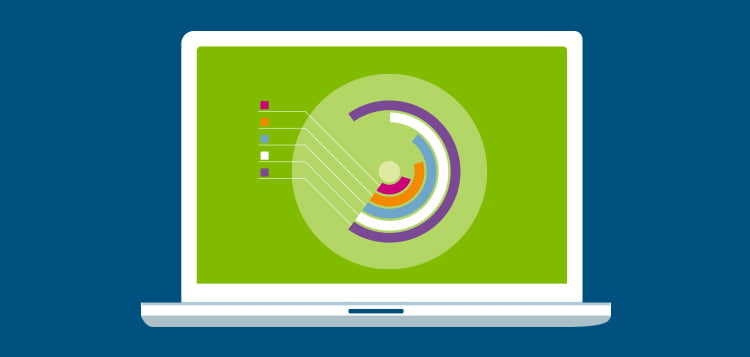Get Ready To Journey Through Time And Discover How Sites Have Actually Become Much More Advanced, Easy To Use, And Aesthetically Spectacular
Get Ready To Journey Through Time And Discover How Sites Have Actually Become Much More Advanced, Easy To Use, And Aesthetically Spectacular
Blog Article
Content Created By-Rasmussen Stender
In the past, web sites were basic and focused on info. Navigating was straight, and layout was for desktop computers. Currently, customer experience is crucial. Information guides styles for simple navigation. Responsive designs fit different tools. Today, dark mode lowers pressure, and minimal food selections enhance navigation. Interactive features involve customers, and bold visuals stand apart. AI combination enhances engagement. See just how design has actually developed to enhance your on the internet journey.
Early Days of Web Design
In the very early days of web design, simpleness preponderated. Websites were standard, with minimal colors, fonts, and layouts. The focus got on giving information instead of fancy visuals. Individuals accessed the net via slow-moving dial-up connections, so speed and performance were essential.
Navigating food selections were straightforward, usually situated at the top or side of the web page. https://www.medicaleconomics.com/view/5-ways-to-improve-your-practice-s-digital-marketing-efforts-in-2022 were designed for desktop, as mobile surfing had not been yet common. Content was king, and designers focused on very easy readability over intricate style aspects.
HTML was the main coding language made use of, and designers had to work within its constraints. Animations and interactive functions were marginal contrasted to today's requirements. Web sites were static, with little dynamic material or individualized customer experiences.
Surge of User-Focused Style
With the evolution of website style, a change in the direction of user-focused design concepts has come to be increasingly prominent. Today, producing websites that prioritize individual experience is crucial for involving site visitors and accomplishing service goals. User-focused layout involves recognizing the requirements, preferences, and behaviors of your target market to tailor the internet site's design, web content, and features as necessary.
Designers now conduct detailed research, such as individual studies and usability testing, to collect understandings and feedback straight from customers. This data-driven technique helps in creating instinctive navigating, clear calls-to-action, and aesthetically attractive interfaces that resonate with site visitors. By putting https://www.searchenginejournal.com/advanced-seo-skills/434274/ at the center of the design procedure, websites can deliver a more individualized and delightful experience.
Receptive style has actually likewise become an essential aspect of user-focused style, ensuring that internet sites are enhanced for various devices and screen dimensions. This flexibility boosts availability and use, satisfying the diverse methods customers interact with sites today. Fundamentally, the surge of user-focused design symbolizes a shift towards developing electronic experiences that prioritize the needs and assumptions of the end user.
Modern Trends in Web Design
Check out the most recent trends shaping website design today. One noticeable fad is dark mode style, supplying a streamlined and modern look while reducing eye stress in low-light environments. Another vital fad is minimal navigating, streamlining food selections and improving customer experience by focusing on essential elements. Incorporating micro-interactions, such as animated buttons or scrolling impacts, can create a much more appealing and interactive web site. Receptive design continues to be crucial, guaranteeing seamless individual experiences throughout various gadgets. Furthermore, using vibrant typography and asymmetrical layouts can include aesthetic rate of interest and accentuate particular material.
Incorporating AI innovation, like chatbots for customer assistance or tailored referrals, improves user engagement and improves procedures. Access has likewise become a considerable trend, with designers focusing on comprehensive style practices to satisfy varied individual needs. Welcoming sustainability by maximizing internet site efficiency for rate and efficiency is another arising trend in web design. Working together with individual responses and information analytics to iterate and boost style continually is crucial for remaining pertinent in the ever-evolving electronic landscape. By welcoming these contemporary trends, you can develop an aesthetically appealing, easy to use web site that resonates with your target market.
Conclusion
As you assess the evolution of web site style from the early days to currently, you can see just how user-focused design has come to be the driving pressure behind modern-day trends.
Welcome the journey of adjustment and adaptation in web design, always maintaining the individual experience at the leading edge.
Tippingpointdigital
Keep current with the latest patterns and technologies, and never stop evolving your technique to create aesthetically sensational and straightforward websites.
Progress, adjust, and produce - the future of web design is in your hands.
